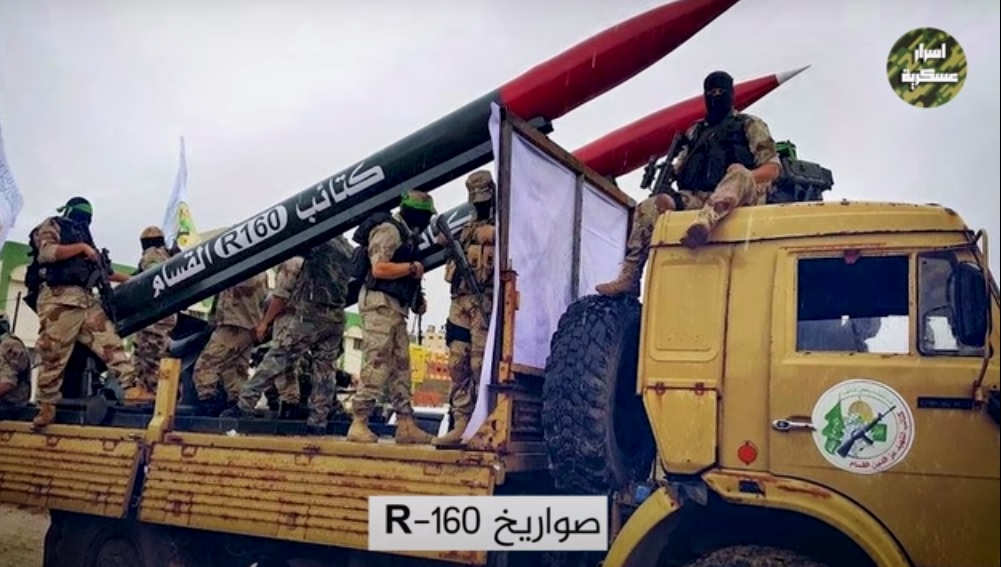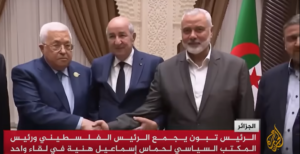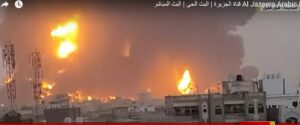Efforts to disarm Gaza have already commenced unofficially, primarily in the northern areas occupied by the IDF.
Engineering units have initiated the destruction of tunnels and shafts, with approximately 1500 shafts and tens of kilometers of tunnels already neutralized.
Uncovering the full extent of this underground network, which has evaded Israeli intelligence for years, reveals the magnitude of the task at hand.
The disarmament of Gaza Strip must be an integral component of post-war considerations, laying the groundwork for a stable future without Hamas rule.
Returning evacuated Palestinian residents to areas with unrevealed tunnels is deemed unsafe until the IDF ensures their complete destruction, prioritizing the safety of both civilians and military personnel.
Following the ousting of Hamas, Israel must not maintain a prolonged military presence in the Gaza Strip.
Instead, a strategic approach akin to the security model applied in Area B of Judea and Samaria should be adopted.
This involves establishing a 2-kilometer deep buffer zone along the border, fortified with minefields and robust surveillance measures, designating it as a “killing zone” to deter potential infiltrators.
Post-Hamas rule, the IDF withdrawal should be complemented by a strategic collaboration with international partners.
The Biden administration’s plan to train approximately 5,000 Palestinian security personnel, equipped to combat terrorism, is a step in the right direction.
These forces, deployed throughout the Strip, would work in tandem with the IDF, the U.S., and moderate Arab nations, ensuring a cohesive security structure.
A critical challenge is the prevention of arms smuggling from Egypt to Gaza.
Defense Minister Yoav Galant’s proposal for a subterranean barrier financed by the U.S. on the Egyptian side of the Rafah border is met with resistance.
In the absence of a feasible solution, Israel may need to assert control over the “Philadelphia Corridor” and the Rafah border crossing to curtail arms smuggling effectively.
As these multifaceted processes unfold, the Gaza Strip is poised for governmental and security upheaval.
Without a clear successor to Hamas, and with the threat of internal resistance, the coming year may witness heightened security chaos.
It is paramount that the IDF, having dismantled the Hamas regime, establishes secure defensive lines and implements a buffer zone to safeguard against potential terrorist attacks on Israel.




